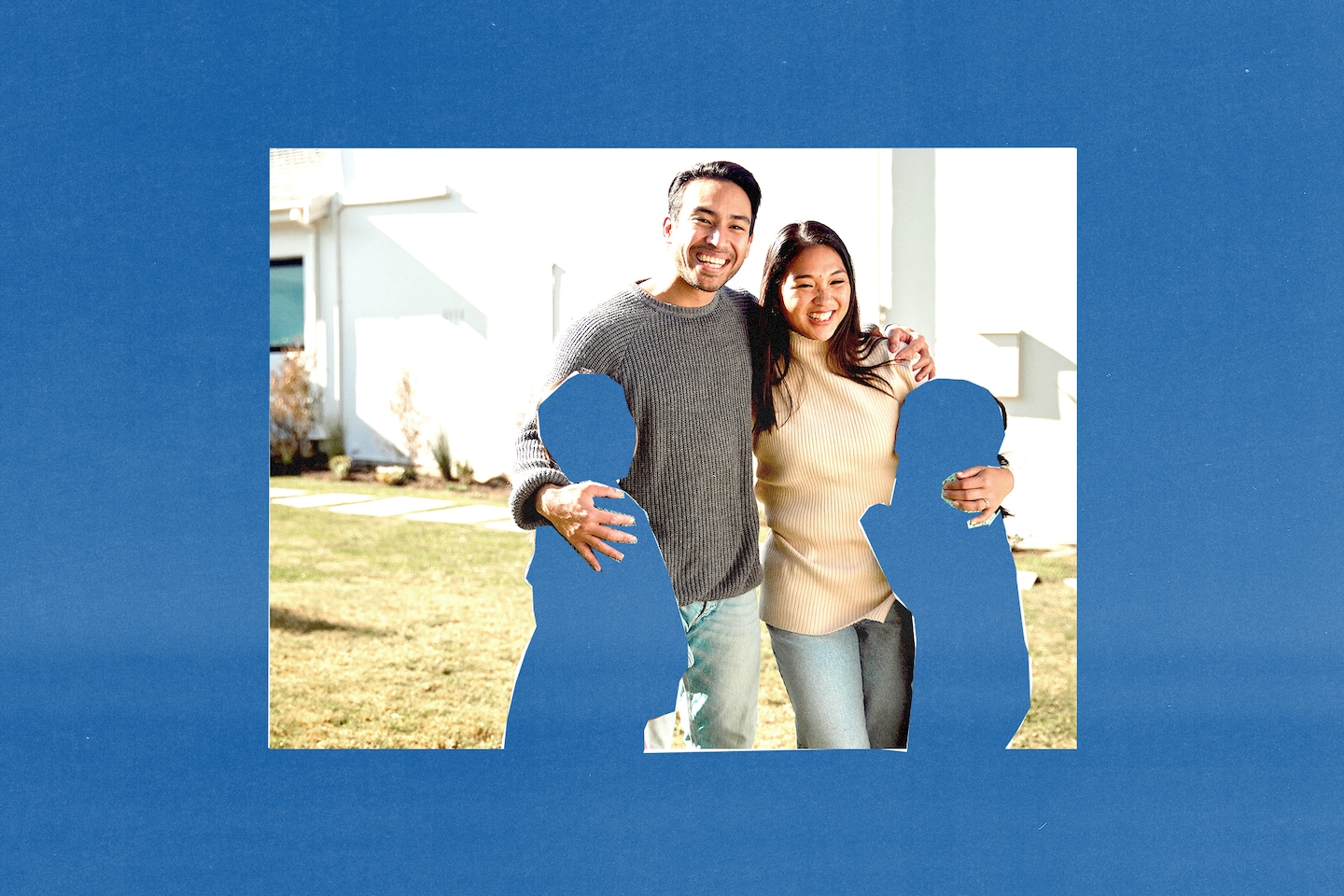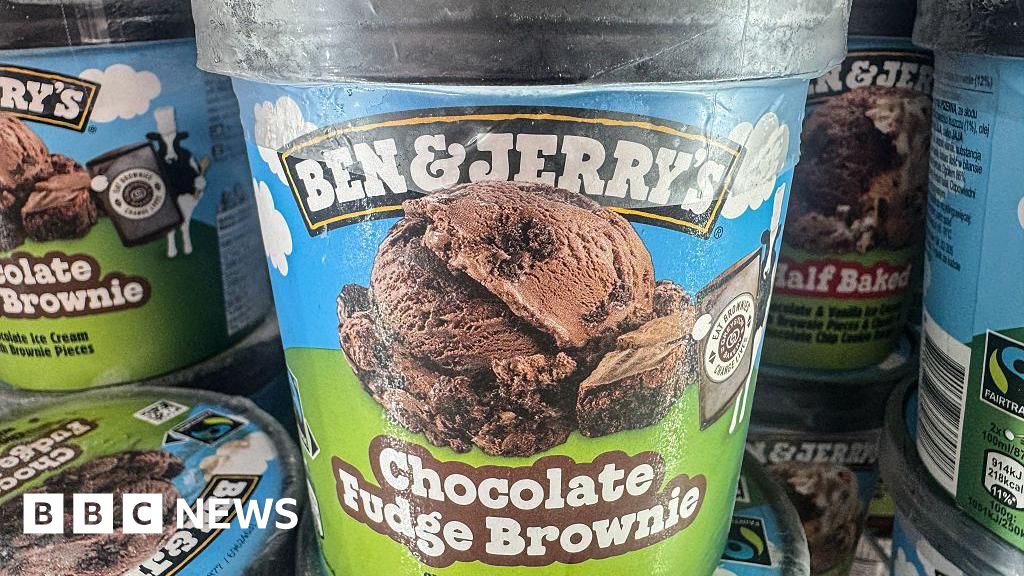
How to get pictures of your children removed from the internet
- Science
- December 27, 2023
- No Comment
- 297
It’s already happening. New Jersey high school students allegedly used AI tools to make sexualized images of their classmates using “original photos” last summer. A high school student in Issaquah, Wash., allegedly used real photos of classmates to make sexualized images, which were then shared around. And in Spain, parents of more than 20 girls between the ages of 11 and 17 say photos of their children were altered using AI tools to create sexual images.
AI tools “need as little as one picture now,” says Wael Abd-Almageed, distinguished principal scientist and research director at the University of Southern California’s Information Sciences Institute. “You can train AI to pick up the facial features of somebody, so if the AI can pick up the facial features for a child, you can replace them in a video.”
How much can you actually remove?
There’s not a magic eraser button to wipe every image or video of someone from the internet. If you already know what you want taken down, that’s easier. But if you’re dealing with a child whose likeness has been shared widely, tracking down everything will be time-consuming or even impossible.
“What goes on the internet stays on the internet. It can never go away,” Abd-Almageed said.
Images and videos are shared and reshared, backed up and archived by companies, or can be saved and shared in encrypted chats or on the dark web, he said. Even removing a photo of a minor from Google search results doesn’t really take it off the internet. It will still exist on the site that was hosting it.
Whether it’s cleaning up the past or controlling the future, keeping all of a child’s data off the internet is also a huge commitment and may be unrealistic for most families.
“It might not be a level of vigilance most of us can live with at this point,” said Devorah Heitner, author of “Growing Up in Public: Coming of Age in a Digital World.” Instead, she suggests looking ahead and giving your child a say over if and where their image appears online.
What’s the process for Google, TikTok, Facebook?
Most large tech companies have a system to request images be taken down. We’ve rounded up the basics for Google, TikTok, Facebook and Instagram. There are always exceptions, and not every photo can be removed. As your children get older, you might also run into issues with them wanting to share themselves more than you are comfortable with — most services will let minors create their own accounts as long as they are 13 or older.
Google Search, Photos, Drive: A minor, their guardian or someone authorized to act on their behalf like a lawyer can request content — an image, video or text — be removed from Google Search results using this form. There are some limitations. It only removes content from Google’s results, but they will still exist on the original site. Google won’t take down content if it’s on your own social media page and may decline requests if the images are in the public interest — say, a child is a public figure or the photo is from a newsworthy event. The process typically takes a few days. If the image is on Google Photos, you can report it here, and Google Drive here. If it’s a photo that has been removed but still shows up in search results, use this tool.
YouTube: If there’s a video of a child on YouTube, the minor or their representative can fill out a request to remove it here. YouTube is adding AI-generated materials in its policies so that you can more easily request their removal as well.
Facebook and Instagram: These social media sites will only let a parent request the removal of content for minors under 13 years old. If a child is between 13 and 17, they must submit a request themselves. Links to the forms for Facebook are here, and the forms for Instagram are here.
TikTok: If you want to request TikTok remove a video of a minor, the person depicted or their guardian must fill out this privacy form. Select “report a privacy violation” from the drop-down menu. Posting a minor without their permission does not automatically violate the company’s community guidelines — but if flagged, the company says it should remove them.
How do you find the images you want to remove?
Start with Google searches of their names, comb through social media accounts for yourself, family members and any schools or clubs they’ve belonged to. If you’re looking for copies of a specific image, try doing a reverse-image search. Go to images.google.com and click the camera icon to search by image.
A number of controversial face-detection companies like Clearview AI and PimEyes can take one image of a person and find matches across the internet. Unfortunately, they are not designed to be useful for people trying to control their own privacy. PimEyes is available to the public but recently said it would no longer include faces its AI systems flagged as minors. Clearview AI says its database is meant for entities like law enforcement, not individuals.
There is little to no legislation preventing companies from scraping the web for images. However, there are state privacy laws you can use to get a list of images from these sites in California, Colorado, Connecticut and Virginia. First, submit a request to access your or your child’s information — here’s the PimEyes link and here is Clearview’s. You should get a file back that shows all the images it found and the sites where they’re hosted. You can then go directly to those site to request the images be removed. When you’re done, do another request but this time to delete all your data.
What can you do going forward?
It’s easier to make rules for sharing in the future than to clean up the past. For younger children, this responsibility will fall on the adults around them.
Only share images and videos of your children privately. The most secure way is in encrypted group chats like Apple’s iMessage or Signal. If you prefer the wider reach of social media, you can post family photos with their faces blurred out or use options that “disappear” like Instagram Stories. Clearly communicate your preferences to extended family members, like letting grandpa know you don’t want him sharing baby photos on Facebook.
With high schools at the center of these early AI scandals, consider where students find photos of each other. As children join different programs, schools and activities, guardians will be given photo release forms to sign. You can opt out of all of these if you want, or just the ones that want to use images publicly versus in closed groups.
Once they enter the tween and teen years, you’ll probably need to turn over some of these decisions to the children themselves. Give them all the information and support they’ll need to make good decisions, should they ever want to start a YouTube channel or even just appear in a friend’s Instagram feed.
“There’s just a point where I think we’re all on the internet,” Heitner said. “Giving kids the power and control over when they post about themselves gives them autonomy over their own reputation — there may be all kinds of reasons they don’t want us to post certain things, and it is important that they can trust us not to violate their privacy.”
#pictures #children #removed #internet









